2014 was a year of tremendous growth for CS:GO as an esports title. Viewing figures went up, prize money went up and the number of teams capable of winning big events increased. Each of the three majors was won by a different line-up, a number of the elite teams had runs of consistent top four finishes and there were some truly shocking roster moves. Here are my top 15 moments of CS:GO for 2014.
15. The rise of LGB

Towards the end of 2013, FNATIC’s victory at Dreamhack Winter, the first major, had shown that there was more to Swedish CS:GO than simply the glory of the massively successful Ninjas in Pyjamas, but some may have missed the appearance of a new challenger. LGB made it to the quarter-final of Dreamhack Winter and went three maps with NiP.
With a roster change, they were able to take NiP to three maps again, this time in impossibly close fashion, at the SveCup Final in December. NiP had lost maps domestically before, but these results showed some promise from what was becoming the third best Swedish line-up. In 2014, that line-up fully delivered upon that promise. With a team containing numerous strong aimers, such as dennis, olofm and twist, LGB was able to play an aggressive and loose run-and-gun style.
At EMS One Katowice, the second CS:GO major, they beat out reigning champions FNATIC and were the only team to win a map against Virtus.pro, in overtime on mirage (Virtus’s best map) in the semi-final. At the following offline event, Copenhagen Games, LGB would once again be rematched with Virtus.pro, facing them in the quarter-final and again losing out to them.
Fans were excited to see an entirely new team making deep strides into top level competition. Sadly, organisational issues and player retirements seemed to have hindered the team’s future around the Summer. Nevertheless, three former LGB players (Maikelele, olofm and KRiMZ) have since gone on to become key acquisitions for Sweden’s most famous two line-ups (NiP and FNATIC).
14. KQLY gets VAC banned
 One thing taken for granted was that if any professional CS:GO players cheated then it would be the less famous ones and it would take place online. When Titan’s KQLY was VAC banned for cheating, while logging in at a bootcamp at the Titan gaming house no less, it sent reverberations of shocking implications throughout the scene. KQLY’s team had won a significant international offline tournament months prior and he had been considered one of the better individual players in the world.
One thing taken for granted was that if any professional CS:GO players cheated then it would be the less famous ones and it would take place online. When Titan’s KQLY was VAC banned for cheating, while logging in at a bootcamp at the Titan gaming house no less, it sent reverberations of shocking implications throughout the scene. KQLY’s team had won a significant international offline tournament months prior and he had been considered one of the better individual players in the world.
As details continued to emerge about how such cheats might work, it became public knowledge that some of the modern cheats were so advanced they might well be entirely undetectable for a pro’s team-mates and organisation. Even more worrying, was that this subtle nature meant professional players might be using such cheats in offline tournaments, despite the drastic punishments they would undoubtedly receive if caught in such circumstances.
From the days of imagining all cheats to be incredibly obvious and used by lower skilled players, fans and other pros had to change their paradigm to one of a world in which pro level players could use cheats which only assisted their already excellent aim by 5-10%. KQLY’s ban also disqualified Titan from Dreamhack Winter, leaving CS:GO legends like kennyS and Ex6TenZ unable to play in the fourth major.
13. iBUYPOWER reach the final of FACEIT S2 LAN

Before FACEIT S2 LAN, where only six teams would be competing, some had even, justifiably so, complained that the structure, which allowed two North American teams to qualify, meant the quality of the offline final would not be as stacked as it might have been if the best European teams had taken all the spots. Part of the reason for this was that no North American team had ever reached the final of a single offline event outside of the borders of their continent.
If any team was going to make a finals run, it had always been assumed it would be the compLexity/Cloud9 line-ups which had made the semi-final of Dreamhack Winter and always reached at least the quarter-final of each major. iBUYPOWER’s core, on the other hand, had failed in the group stage of all three majors and only made it out of groups at Gfinity G3, where four of six teams progressed to the play-offs from each group.
Instead, it would be the latter group of players who would break new ground for North America. In the group stage they had played FNATIC close in both maps, but lost. The semi-final had them paired up with LDLC, considered by some as possibly the best team in the world. LDLC’s best map was inferno, but iBP also boasted it as one of their strongest. What followed in the opener was an epic back-and-forth battle of runs, as each team pushed the other to the limit. The game would extend to multiple over-times and iBP captain DaZeD would finish with 50 kills.
The North American team prevailed to take the opener and then clinched the series in impressive fashion on the second map, reaching their first ever international final outside of NA. In the final, they were able to put up a solid performance against FNATIC, despite only winning a single map, showing that their entire performance at the LAN had been convincing, not merely a map here or there.
Fans began to wonder if North America finally had a line-up capable of winning a major. As it happened, the team disappointed by immediately changing players, only to fail in the group stage of Dreamhack Winter, the final major of 2014.
12. Dreamhack Winter breaks viewing record

The arrival of the major tournaments, crowd-funded $250,000 world championship level events, caused CS:GO to explode up from a second tier esports title into the elite eschelon. With each major that came, a new viewing record would be broken. For the fourth major, at Dreamhack Winter, the total, including all streams, television broadcasts and in-game viewers, would finish up at over 500,000.
Only two years prior, breaking 40,000 for a final would have been considered an impressive result for the Counter-Strike franchise. Truly, the game had arrived as one of the biggest esports titles.
11. Ninjas in Pyjamas recruit Maikelele
 NiP’s incredible consistency alone, placing top four at their first 31 offline tournaments, was not the only unique quality the Ninjas could boast. Indeed, they were the only top team to have retained the same five man line-up since the first day of CS:GO competition right through to most of 2014. The problem was, that that consistency had been a primary factor allowing NiP to always keep the same unit, being as they were always in contention for titles and with the potential to beat any opponent. In the latter half of 2014 that was no longer the case.
NiP’s incredible consistency alone, placing top four at their first 31 offline tournaments, was not the only unique quality the Ninjas could boast. Indeed, they were the only top team to have retained the same five man line-up since the first day of CS:GO competition right through to most of 2014. The problem was, that that consistency had been a primary factor allowing NiP to always keep the same unit, being as they were always in contention for titles and with the potential to beat any opponent. In the latter half of 2014 that was no longer the case.
After NiP’s Dreamhack Summer victory, they would place top four only one more time, winning their long-awaited major title in dramatic fashion. Beyond that major, NiP failed in the group stage of two offline tournaments, unheard of for them, and repeatedly failed to qualify for other offline tournaments, during the online components. It was clear that a change was needed and Fifflaren decided to step down and retire, making way for a new fifth player.
Community discussion swirled around a few names, but NiP seemed to be in agreement with the community as they pick favourite Maikelele, formerly of the LGB which had won a map against NiP at Dreamhack Winter 2013, as their new recruit. The pressure would be high on the AWPer, but he was able to deliver a very promising performance, helping the team reach the final and championship point, even though they would fall at the finish line, seening the major title go to LDLC.
10. Virtus.Pro plow the Gfinity G3 play-offs

When Virtus.pro had won EMS One Katowice it had been in such dominating fashion that it had been clear they could not be stopped that week in Poland. Since that time, the team had regressed to being a top level team, but going numerous events without a finals finish, by the time Gfinity G3 had arrived. In the UK, VP looked a little shaky in the group stage, where teams like Dignitas, FNATIC or Titan seemed to be the strongest the tournament had to offer.
As Dignitas bested NiP in the quarter-final, the Danish side came into the semi-final date with VP as the favourites and expected to break their semi-final curse and make a final. Instead, Virtus went Super Saiyan, getting on a roll of unstoppable round winning that the Danes could barely keep up with. VP reached the final and again found themselves beating a team in excellent form, as Titan had beaten the new look FNATIC line-up in the other semi-final. Again there were some close moments early, but again VP seemed possessed and another title would go their way in a fashion that seemed almost pre-destined.
9. FNATIC’s overpass boost

The drama could not have been any more intense for the final half of the deciding map between FNATIC and LDLC in the quarter-final of Dreamhack Winter. FNATIC had thrashed LDLC the last two times they had met, in the ESWC and fragbite Masters S3 LAN finals, but this time LDLC had won the opening map in strong fashion. Reaching a decisive third, overpass, the French side had done most of the hard work, winning their CT half in strong fashion with 12 rounds. Winning the pistol, many would have assumed they were all but over the finish line, but FNATIC had other ideas.
On that pistol round, FNATIC had executed a three man boost which allowed them to see over a key wall and get a game-breaking view of the rest of the map. The Swedish side would use the boost every single round, killing LDLC players uncontested on numerous occasions, as the French side became more and more dejected, unable to figure out where FNATIC was getting information on their whereabouts and killing them from.
The boost would be shown to be the most game-breaking in CS:GO history, as it not only provided a near god-like over-view of two thirds of the map, but the only site at which the entrance area was not viewable was the one the boost was performed from, essentially funnelling the LDLC players into a site containing most of the FNATIC players. FNATIC racked up round after round and would win the half and the map, 13 straight rounds securing the win. That would not be the end of the affair, though.
Disputes began over whether the boost was legal, with some claiming it should not be based on rules about pixel-walking from Dreamhack Summer a year prior. In fact, it would turn out that pixel-walking was not the illegal aspect of the boost, but rather than it allowed abuse of a specific texture and making it impossible for the boosted player to be killed from certain angles, making it an “immortal” bug.
Dreamhack’s administrators decided that the fairest result was a replay of the entire map, but FNATIC decided to forfeit and gave up the series to their French rivals. LDLC would go on to take the title, but few will forget the moment they first saw olofm boosted into that spot and came to the realisation of what it implied for the rest of the game.
8. Natus Vincere wins SLTV StarSeries IX in shocking fashion

Na`Vi were nowhere close to elite status as they headed into the StarSeries IX offline final in early May. The Ukrainian-based side had failed to get out of the group stage of the first two CS:GO majors and had not attended any other offline events outside of the CIS region. They had not even qualified for the StarSeries offline final, as the line-up was supposed to be NiP, Titan, Virtus.pro and FNATIC, but the political problems in the country meant that FNATIC had decided not to attend.
Inserted as the replacements, Na`Vi were expected to fall in the opening series to NiP, the team who had won Copenhagen Games the previous month. Instead, the Eastern Europeans would open the series destroying NiP 16:3 on dust2, a near unheard of margin of victory against the best CS:GO team of all-time, and then closing them out in the second, winning in overtime on train. That series had apparently not been a fluke, as GuardiaN and company then dispatched Titan in the upper bracket final, winning in two maps again.
NiP would be the team who fought through the lower bracket to get a chance to rematch Edward’s men, but Na`Vi again won in two maps straight to complete a miraculous 6:0 run of map wins over some of the world’s very best teams. One of the true underdog success stories, not least because there were no easy opponents, even if the Ukrainian side was at times able to make some of the games look easy. Na`Vi gave up more than 11 rounds only twice during their run.
7. FNATIC recruit olofm and KRiMZ

FNATIC were another Swedish side who constantly emphasised the value of friendship within their team, in line with NiP’s long-standing claims. Much like NiP would discover later, though, results would eventually force a roster change. The team which had won Dreamhack Winter 2013 would never make another final at an international event with that line-up. For the Dreamhack CS:GO Invitational of February they fell down to a third place finish, convincingly beaten by NiP and Titan.
At EMS One Katowice they were narrowly edged on the deciding third map by fellow Swedes LGB and at Copenhagen Games their loss to Dignitas would leave them out in 5th-8th place for the second straight offline tournament. At Dreamhack Summer the team would fail to progress from the group stage, losing twice to Maikelele’s SK Gaming line-up, both times on inferno. A win over NiP in the final of ESPORTSM, playing in the early hours of the morning, couldn’t really count for much in light of the team’s free-fall.
In late June it was announced that FNATIC had removed Devilwalk and Schneider, bringing in former LGB players olofm and KRiMZ. olofm was an obvious choice, often considered one of the most talented players outside of the top teams, due to his star level performances in LGB. KRiMZ, however, was a more surprising choice, as the support player had not even garnered much of the spotlight within his former team.
In fact, it would be the latter who would emerge as a star player for FNATIC, even attaining the status of the best player in the world during October and November, such was his dominance and game impact. This was a roster change which took a team from failing to make the play-offs at an international tournament to eventually becoming the dominant force in CS:GO, winning five out of seven offline tournaments towards the end of the year.
6. Titan win Dreamhack Stockholm

Going into Dreamhack Stockholm, the outcome of the French shuffle had left LDLC seemingly as the favourites to become the next great team and Titan in the awkward spot of being questioned as to whether they would even be capable of challening for a title. Taking in LDLC players apEX, KQLY and Maniac, the Ex6TenZ-led side would be operating dual AWP set-ups, pairing KQLY’s passive AWPing with kennyS’ dominant aggressive sniping.
In Stockholm, they initially had troubles, losing to LDLC on mirage, but defeated NiP to reach the play-offs. In the semi-final, they met the new look FNATIC side and the Swedes were considered the favourites, due to being on home soil and having been a frighteningly near-unbeatable force online. In fact, it would be Titan would blow the crowd away, winning a strong game on inferno and them crushing FNATIC flat with a 16:1 victory on dust2. kennyS’ AWPing had proved unstoppable for the Swedes, with only jw putting up any fight of note at all.
In the final, Titan were again considered the underdogs, facing their French rivals. The opener would be almost as shocking as Titan’s dust2 win over FNATIC, as they won a one-sided rematch on mirage, crushing their former team-mates 16:4. The second map was cache and Titan would push out to a strong lead, only to see the game brought all the way back to a tied score and overtime. In overtime kennyS’ men could not be denied and they would win the map and secure the title.
Going 4:0 in play-off maps, Titan had been able to beat their opponents, considered the prospective best line-ups in the world, on some of their strongest maps. Titan would not again produce such impeccable form, but for that day in Sweden, the French side had seen everything come together in their approach, from strength across a wide variety of maps, powerful T side play, dual AWPing and clutch 1vX round wins.
5. The French Shuffle

The most shocking roster shake-up of 2014 took place when Titan attempting to acquire LDLC players set off a chain reaction that would shuffle the line-ups of all three of France’s top teams. Titan took in LDLC players apEX, KQLY and Maniac. LDLC got shox and kioShiMa from Epsilon, Happy from LDLC and NBK and SmithZz from Titan. Epsilon were the left-overs, taking in ScreaM from Titan and making up the rest of their squad with the players left out of the LDLC and Epsilon line-ups.
Where before the shuffle the French scene had boasted three solid teams, none had truly been world contenders. At their best, Titan had been able to run to the final of Gfinity G3, but they had repeatedly failed in the group stage of that year’s majors. LDLC had been the most consistent team, but it was questionable they really were capable of winning a major event, lacking a little in raw firepower. Epsilon had been the shox show, to the extent that their dominant performances seemingly always came with the former Titan man dropping monster numbers.
NBK and SmithZz had been members of VeryGames/Titan for the entirety of CS:GO and it seemed particularly impossible to imagine that NBK would ever leave Titan leader Ex6TenZ’s side, such was his integral role in how the team played their game and his value for his versatility. The outcome of the French shuffle was that Titan would win Dreamhack Stockholm at the very next offline tournament and LDLC would go on to establish themselves as the clear second best team in the world, eventually peaking to win the final major of the year.
4. Virtus.pro storm EMS One Katowice

Coming into EMS One Katowice, the first CS:GO major of the year, Virtus.pro were the team with all of the pre-event hype, with pros saying they were formidable in practice. Many teams who have achieved such status have been let-downs once the big event arrived, but VP would make good on their promise of offline dominance. Beating Titan, considered the best team in the world, in the group stage, they would move on to the play-offs unbeaten.
In the quarter-final, the Poles met LDLC, another team known for strong play online. The French side could do nothing against byali and his boys, as the Polish side stomped them out to reach the semi-final of the major. There, they would meet a surprising opponent in the form of LGB. The Swedish side would surprise them further with an overtime win in the second map, Virtus’ home of mirage, but could not stop the home country team from pushing past into the final.
The final boss was understandably NiP, famed for their consistency as a five man unit. NiP had been on their own strong run, losing only a single map en route to the final. If anyone could stop Virtus’ roll then it would be NiP. The series began with a shock, as NiP neglected to ban out mirage and found themselves ripped apart on it. The second map was inferno and Virtus.pro simply could not be stopped, over-running NiP in a manner never before seen in a final.
Virtus.pro’s campaign to take the second ever CS:GO major was without one of the most dominant tournament runs in the game’s history, up there with some of NiP’s early tournament successes when CS:GO was but a fledgling esports title. They would never again display that kind of all-encompassing dominance, but that week in Katowice will never be forgot for the magic they summoned. All teams would come to feat the possibility of the Virtus.plow appearing in their matches.
3. FNATIC dominate the fragbite Masters Season 3 LAN final

By the fragbite Masters Season 3 LAN final, FNATIC were clearly the best team in the world. They were on a streak of six straight top four finishes with their new line-up and the last two offline events had seen them win the title. The Stockholm event would provide the opportunity for FNATIC to show just how dominant their form was, as they would begin in the lower bracket and need to beat all three opponents in attendance to take this title.
In the first round of the lower bracket they took care of Dignitas in two maps, including a huge comeback to win on mirage and show how near-impossible they were to beat on that map as CT. In the lower bracket final, they would face a Virtus.pro line-up using a stand-in. The Poles could not stand against them, as FNATIC swept the series 2:0 again.
In the final, would await LDLC. LDLC were the second best team in the world and had played the Swedish side in the final of ESWC a week prior. That series had been a dominant one-sided smash from pronax’s men, so LDLC had a lot to prove this time around. With this affair being a Best-of-5 (Bo5), both teams would have time and the maps to show how high their level of performance could be.
The opening dust2 was expected to be a strong chance for LDLC to win their first map against FNATIC, but the Swedes took control and won the opener in convincing fashion. The second map would be mirage and olofm and company crushed it 16:6 to find themselves one map from the title already. The third map was inferno, both team’s strongest map but one which FNATIC had looked near unbeatable on for all opponents. FNATIC would reach championship point, but LDLC scrapped and fought back to force overtime. In overtime LDLC finally secured a map for themselves.
The fourth map was overpass and FNATIC won in closer fashion than some of their other map wins, but still by a decent enough margin, at 16:11, to have out-classed LDLC and retained their status as the clear-cut best team in CS:GO. This event victory, marking three titles in a row for KRiMZ and his comrades, showed FNATIC at their most dominant, running through some of the world’s best teams and seemingly untouchable on a number of maps.
2. LDLC get it together at the end

When late November’s Dreamhack Winter arrived, LDLC were a team in turmoil. Despite having placed top four at all five offline tournaments they had played in, failing to make the final only once, their only victory had been at the SLTV StarSeries XI final, where most of the elite teams were not in attendance. LDLC were clearly a team who were a favourite for every single offline tournament they competed at, but they had repeatedly failed to deliver a performance that could bring them home a big international title. That they had lost to FNATIC in the last two finals, going 1:5 in maps won, was even more distressing for fans of the French side.
At Dreamhack Winter, LDLC were able to finally get the better of FNATIC in their quarter-final match-up, all but assured the victory on that deciding overpass game, until olofm unleashed the infamous boost. After that, Na`Vi were but a minor roadblock preventing them from reaching the final, as the French side won out 16:11 on both maps to reach yet another international final. This time, the opponent would be the new NiP line-up which had integrated Maikelele. Now that LDLC had gotten past FNATIC, it was expected that the title belonged to them.
With LDLC blowing NiP away on the opening dust2, rampaging over them on the Terrorist side, it seemed as if this might be a quick final, with the second map to be inferno, LDLC’s self-proclaimed strongest map. NiP would shock the French side with a 16:4 thrashing and move the series to a third and final map. It was fitting that the final map would be overpass, where LDLC had battled FNATIC in the decider of their last two series losses.
The game was incredibly tense, with rounds going back and forth and NiP reaching series point first. LDLC had to battle through two elimination points to reach overtime and reset matters. In the overtime session, it was Happy and his men who finally made good on their potential to be world champions, securing the map, the series and the tournament title. For all their struggles over 2014, in spite of obvious strengths, the French side had emerged to win the last major title.
shox, NBK and SmithZz finally had the major title which had always eluded them in Titan.
1. NiP finally win a major

For the first two majors of CS:GO, NiP were a strong favourite and showed good form all the way up to the final, only to fall there to teams of destiny. The third major would be August’s ESL One Cologne. This time around, NiP came in at the weakest point in their careers. They had failed to finish in the top four of both the ESEA S16 LAN and Gfinity G3. In the group stage in Cologne, they found themselves trounced by shox’s Epsilon 16:6 on cbblestone, a new map in the pool. Beating HellRaisers on overpass, the other new map, NiP would reach the play-offs.
Drawing Cloud9 in the quarter-final immediately set the stage for a match-up with considerable history behind it. The coL/C9 core had faced NiP in the quarter-final of two previous international tournaments, ESWC 2013 and EMS One Katowice. The previous occasion, coL had upset NiP on the first map, dust2, but failed to take the series. This time, C9 came into the match-up in blistering form, having beaten top European sides Titan and Dignitas in their group.
C9 smoked NiP 16:2 on the opening nuke, a map which had always been NiP’s home historically. The North American side had chances to close the series out on dust2, but NiP won a tight 16:14 game to reach a deciding map. The decider, selected by a random process, a new gimmick for this major, would be cbblestone. C9 had strong runs early on, but NiP hung around and continued to win half-buys and unlikely rounds. NiP would complete an epic comeback on the final round, reaching a semi-final they had seemingly been destined to miss.
The semi-final opponent was LDLC, a well structured team who had taken out Virtus.pro in the quarter-final. The opener was inferno and LDLC went up a map in the series. Map two was nuke and this time NiP won in strong fashion. The decider would again be selected as cbblestone and again NiP won a miracle match 16:14 to take another unlikely series. Form be damned, NiP had somehow reached the final of their third straight major.
The new look FNATIC side, completed with the arrival of olofm and KRiMZ, was the opponent in the server for the final. FNATIC would?pick cbblestone as their map, despite NiP having narrowly won on it in the previous two series. This time NiP would win by at least a reasonable margin taking it 16:11. FNATIC struck back with a monster 16:8 cache win to send the series and the tournament to one last map.
The third map was inferno and FNATIC won the opening half 9:6 as CTs. The second half began a true thriller, with teams taking a few rounds only to see the other come back and begin running the margin back. At 12:12, it was truly anyone’s tournament. With NiP on the CT side, they could finally be favoured at the team with the best chance to win this major. The map went to 13:13 and it was clear that whoever won would know how close they had been to defeat and whoever lost out would always think back on how those last few rounds might have gone.
After the heartache of the previous two finals, NiP came through in the final to win ESL One Cologne and add that missing major title to their resumes. Despite the miraculous circumstances which had to occur for the victory to go their way, throughout each round of the play-offs, it seemed fitting that the best CS:GO team of all-time had now won a major title. Images of NiP star GeT_RiGhT curled around the trophy, tears rolling down his cheeks seemed to highlight how poignant this moment was for a team who had twice seen the biggest titles in CS:GO history pass them by.

Photo credit: ESL, fragbite, Dreamhack, SLTV


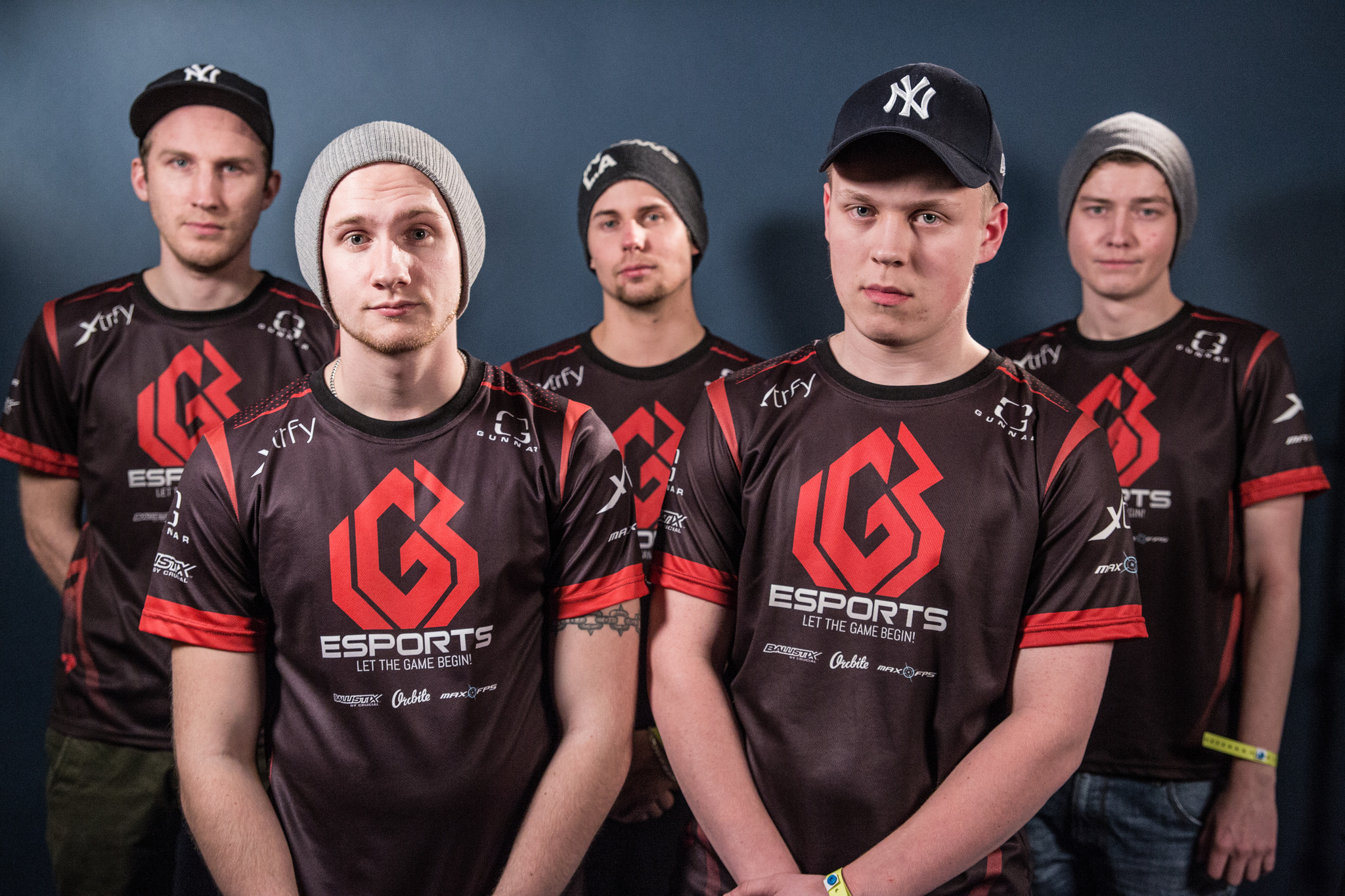
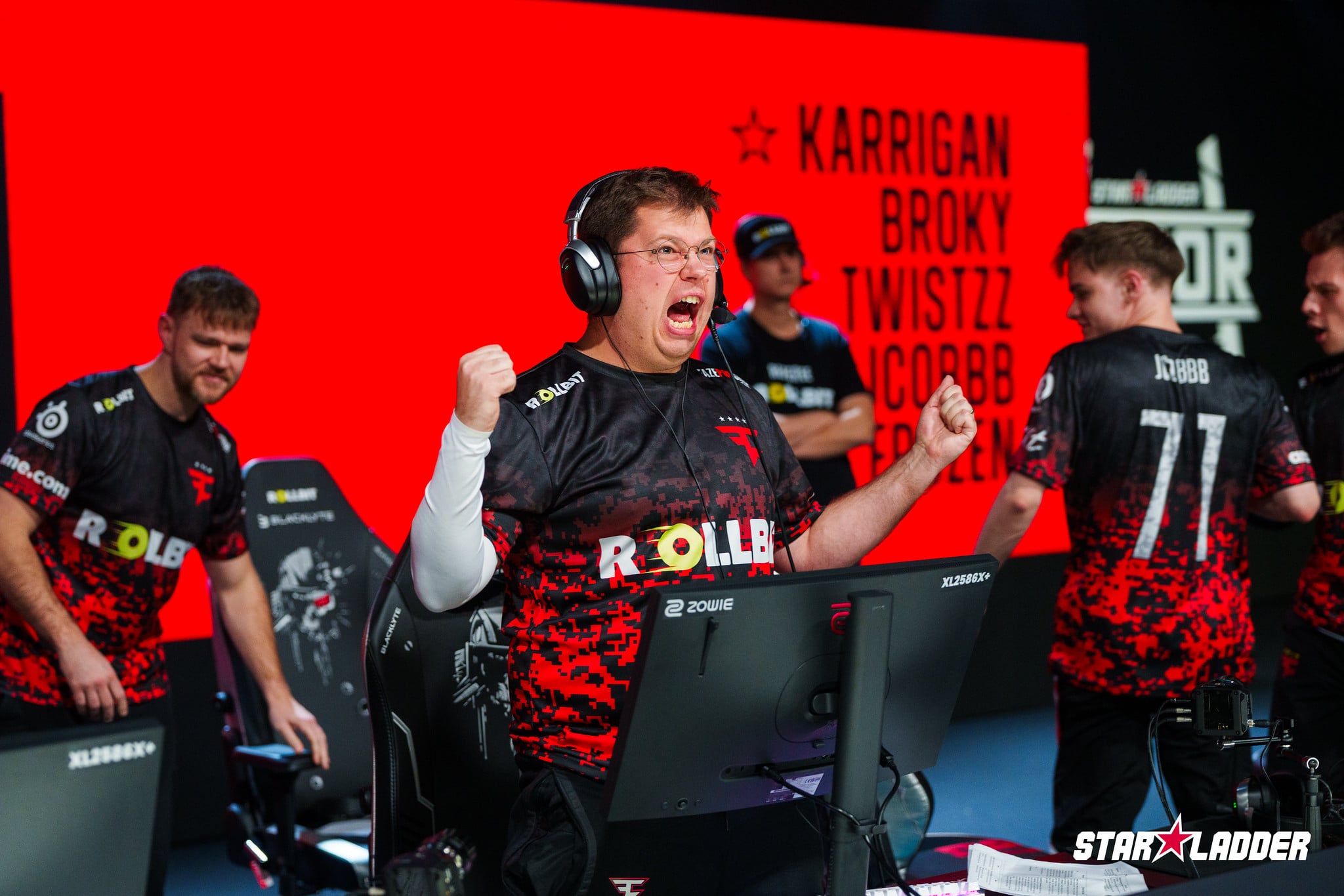
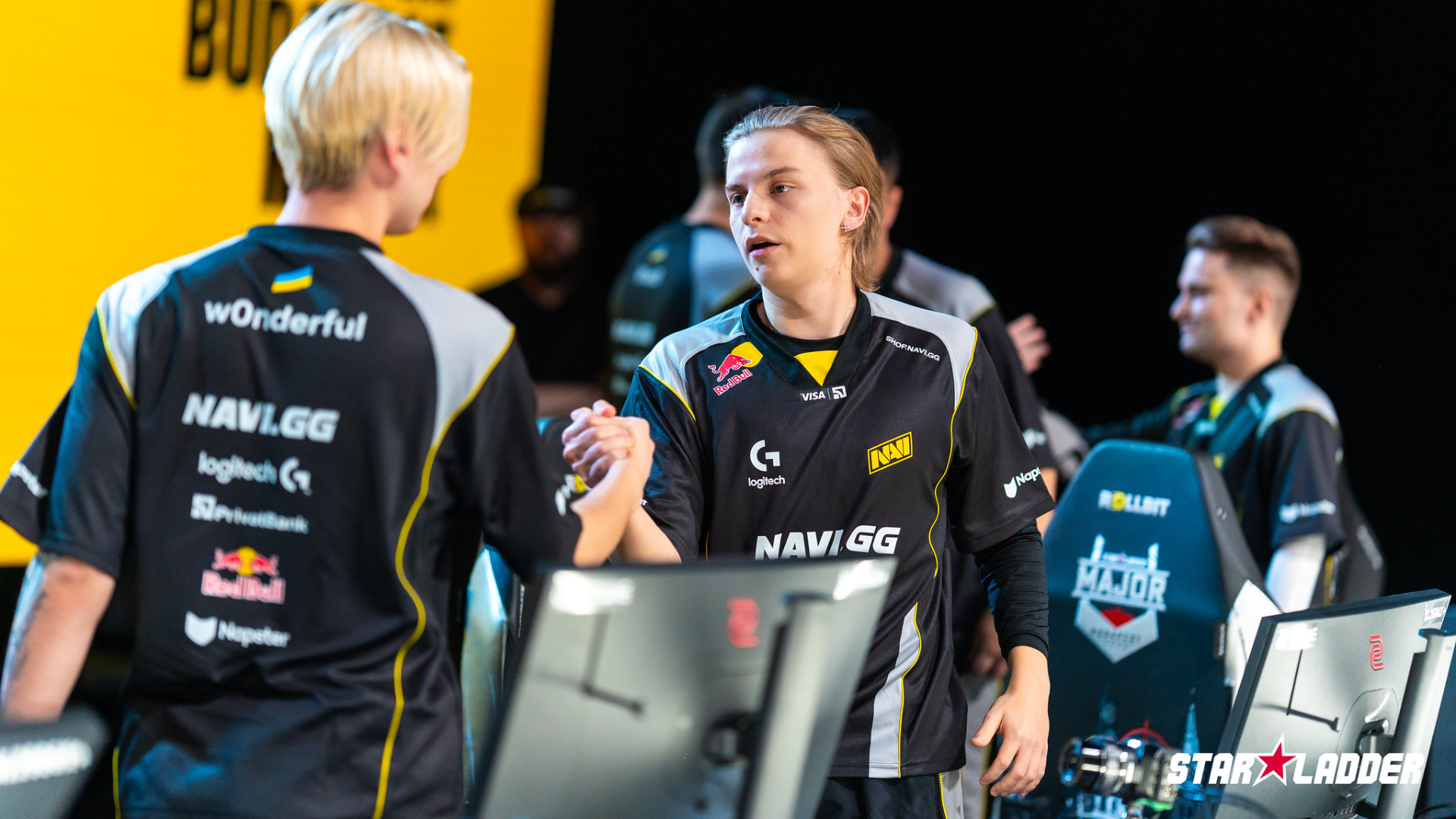
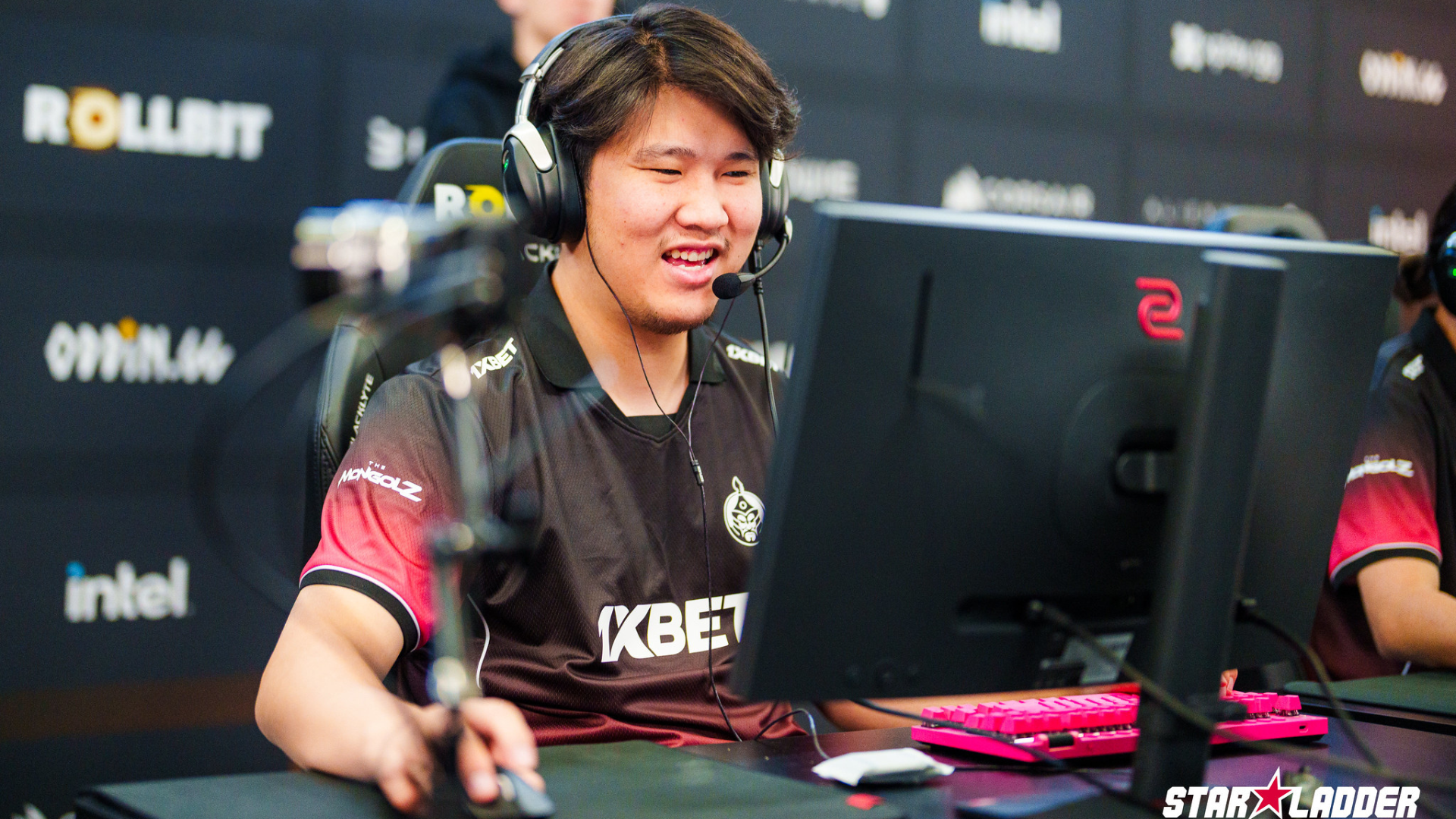
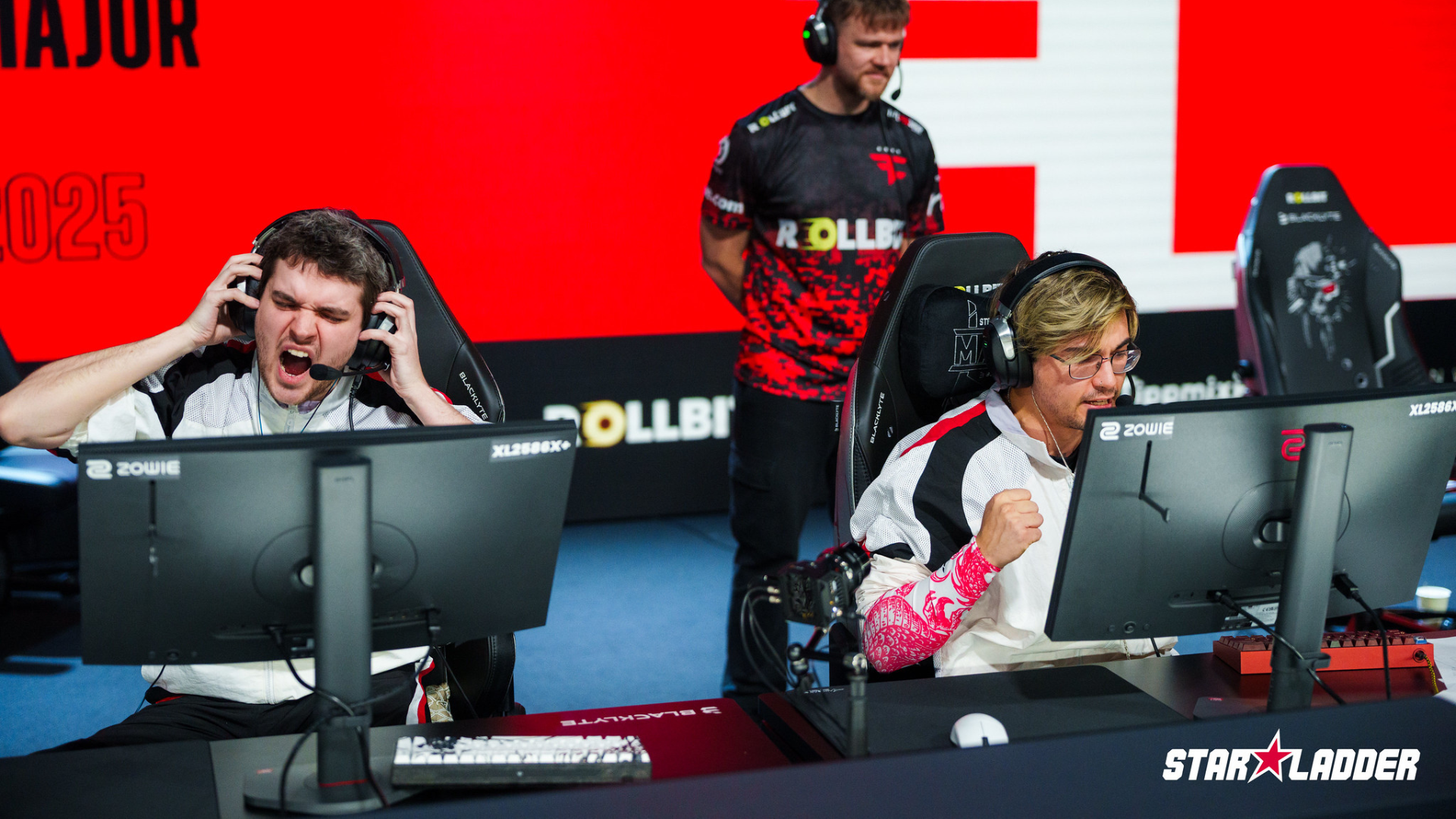
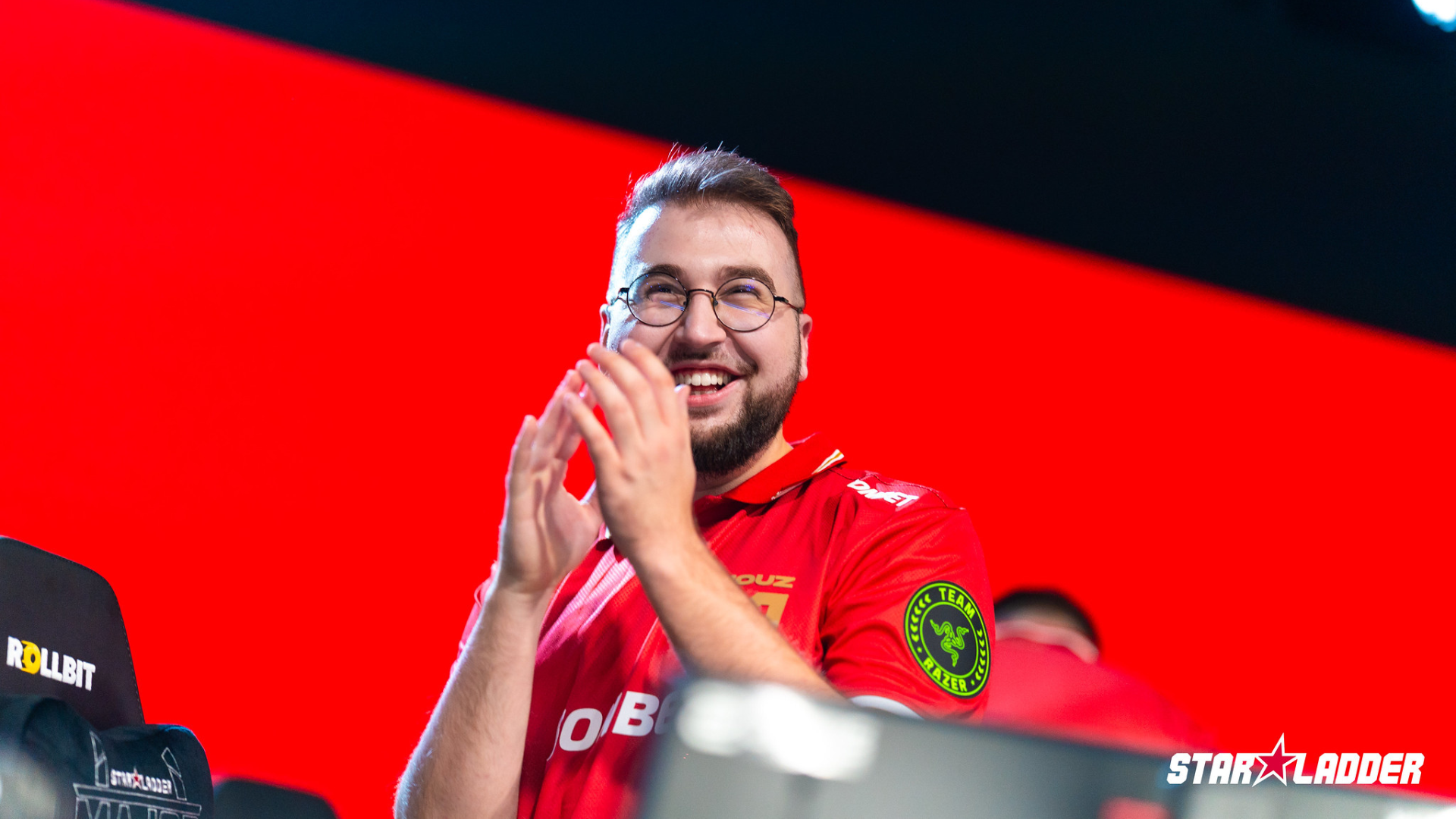
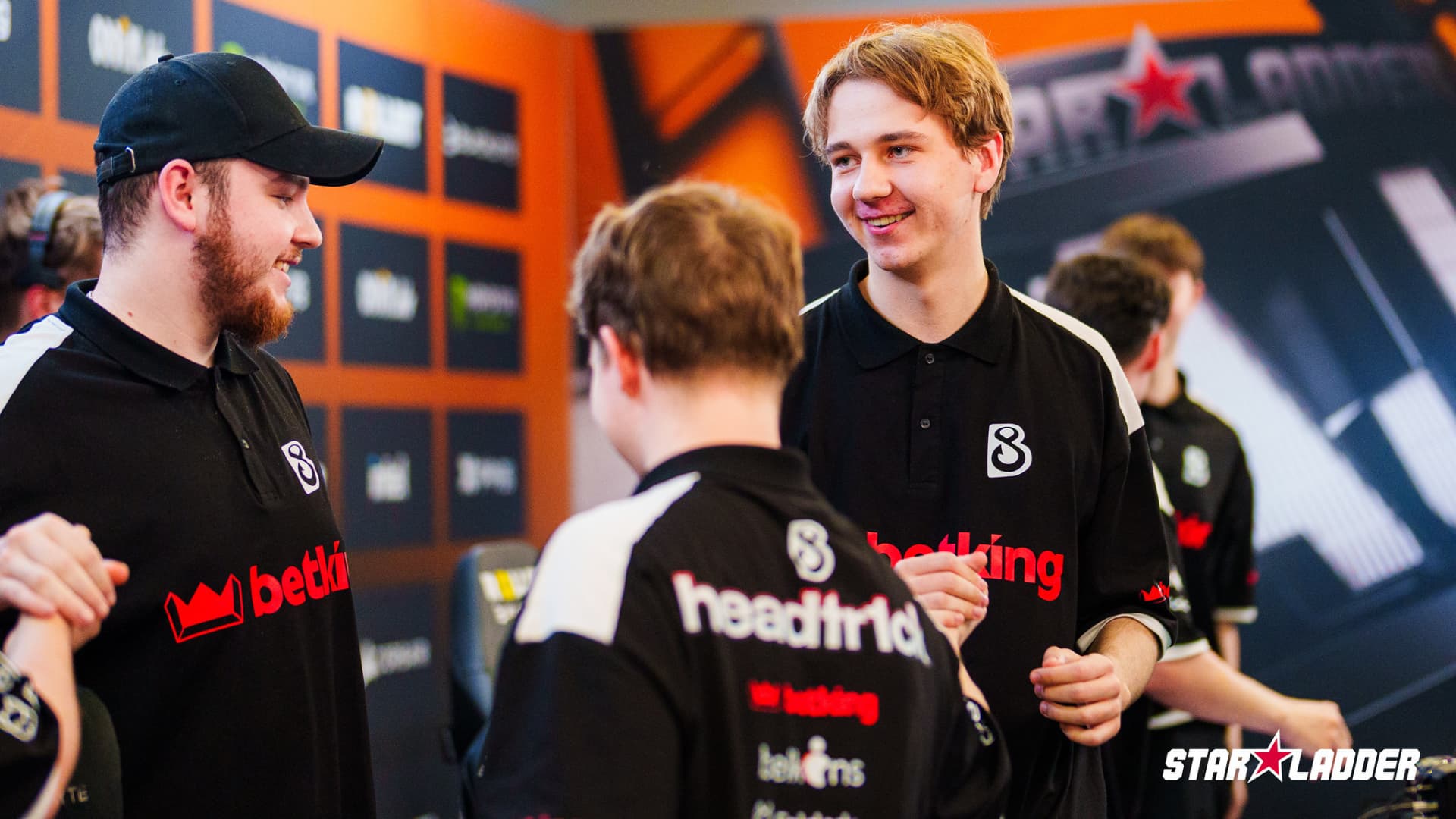
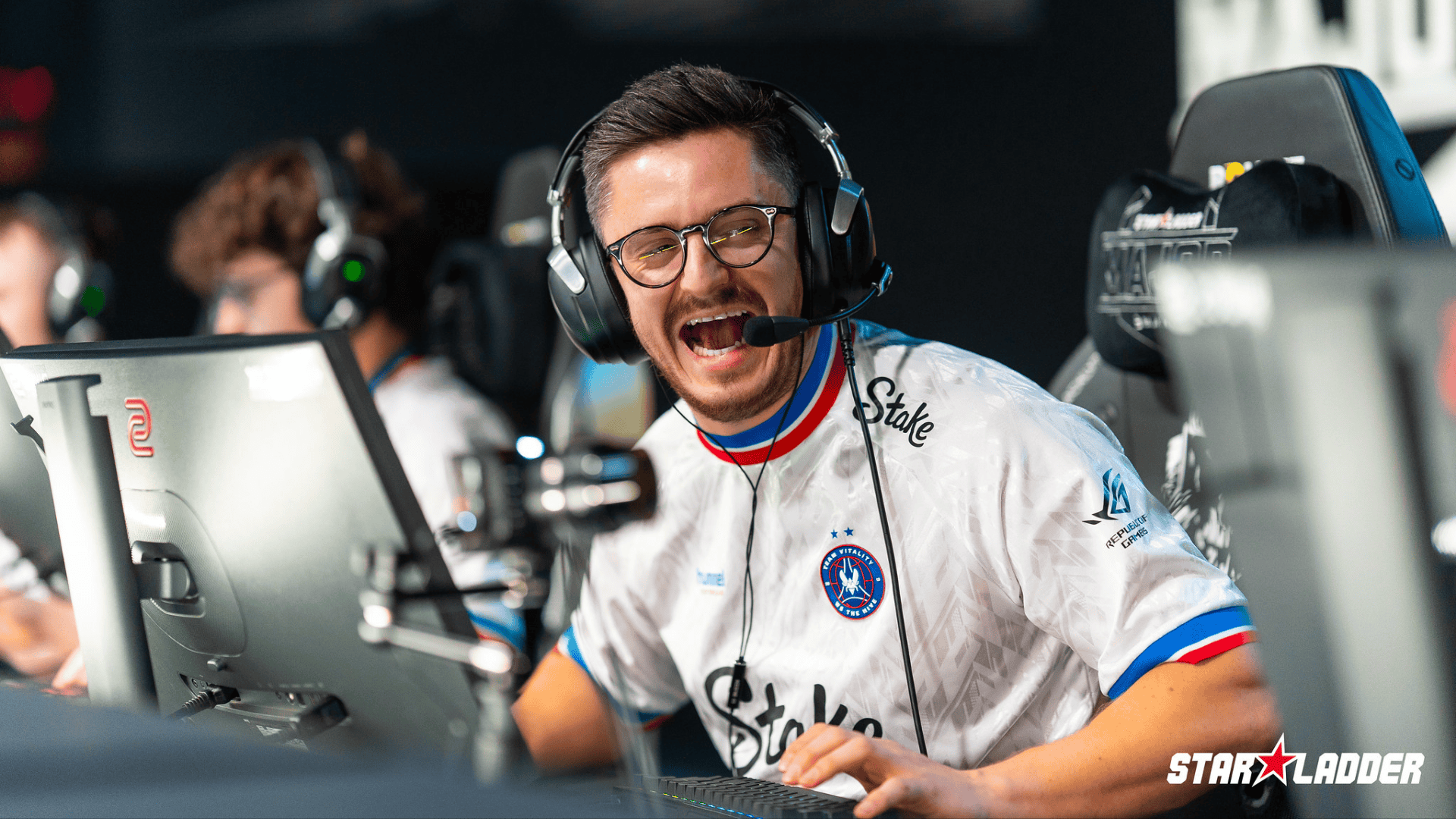
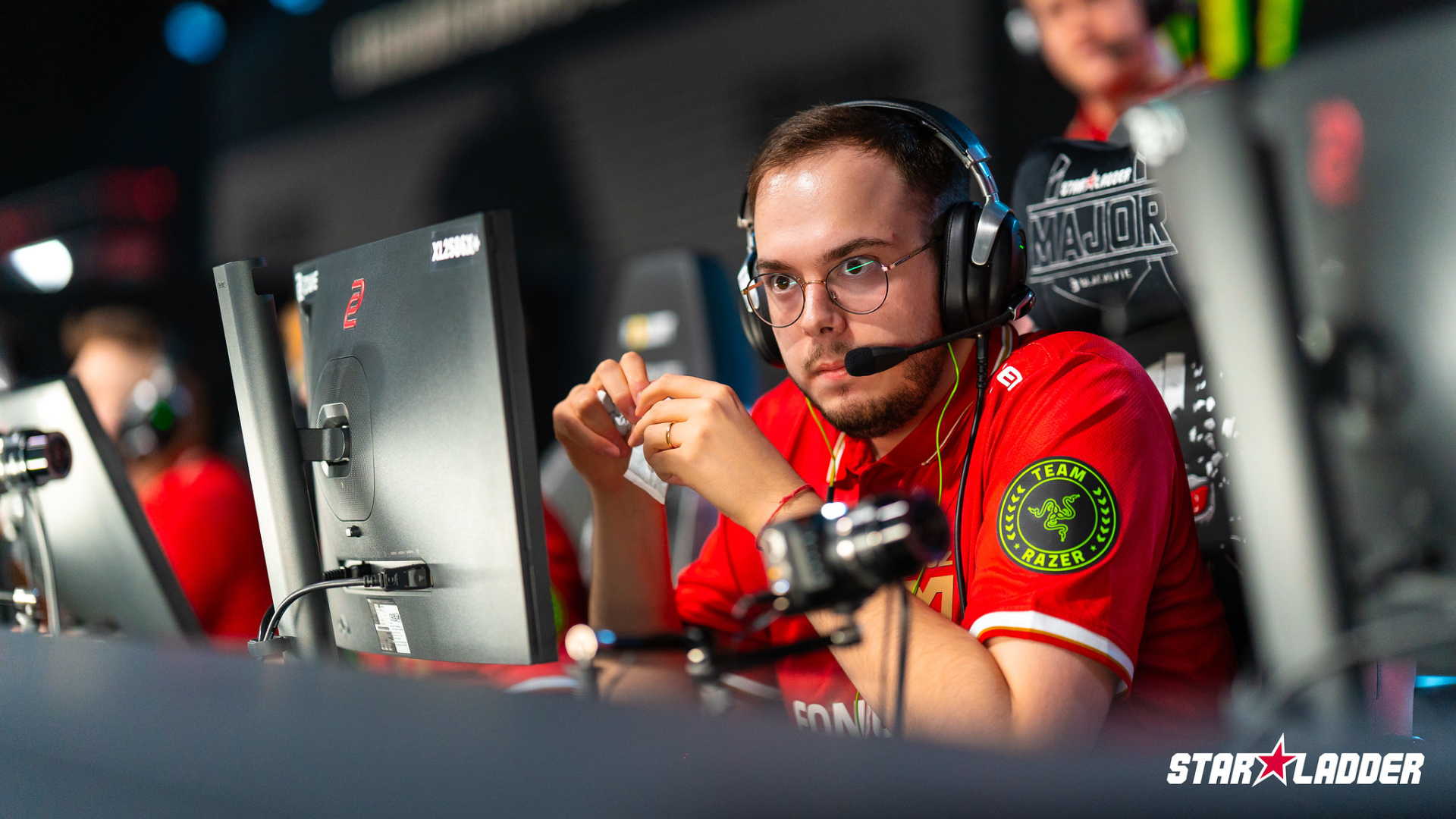
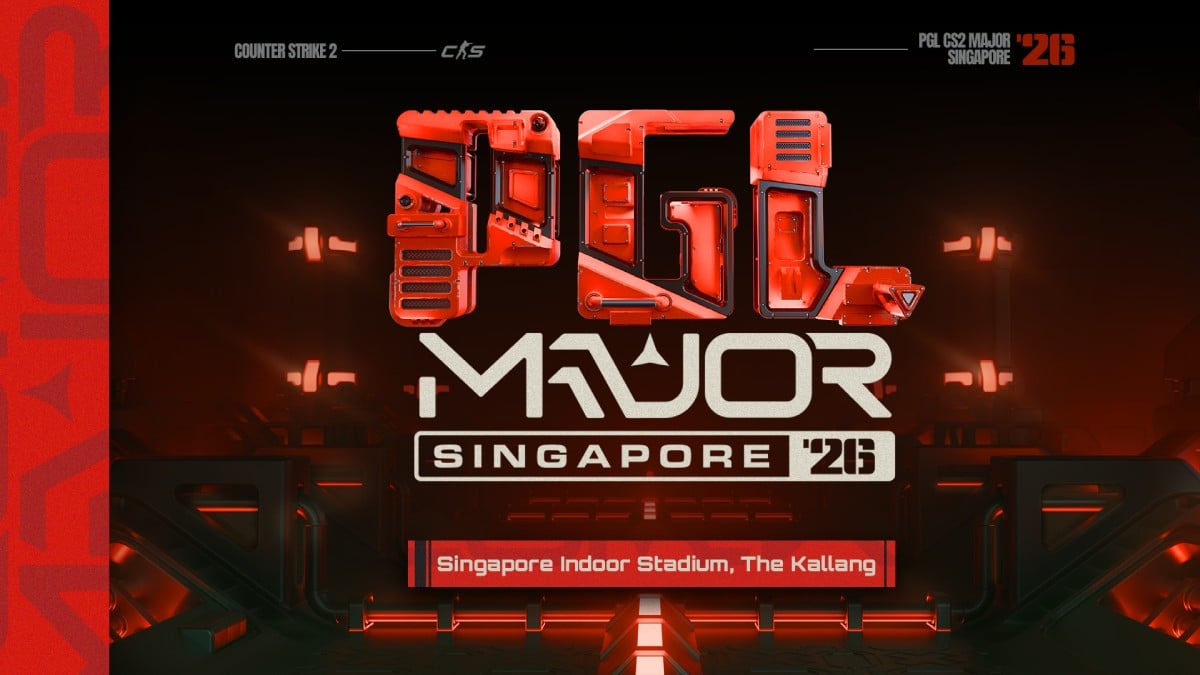
Published: Dec 31, 2014 12:47 pm